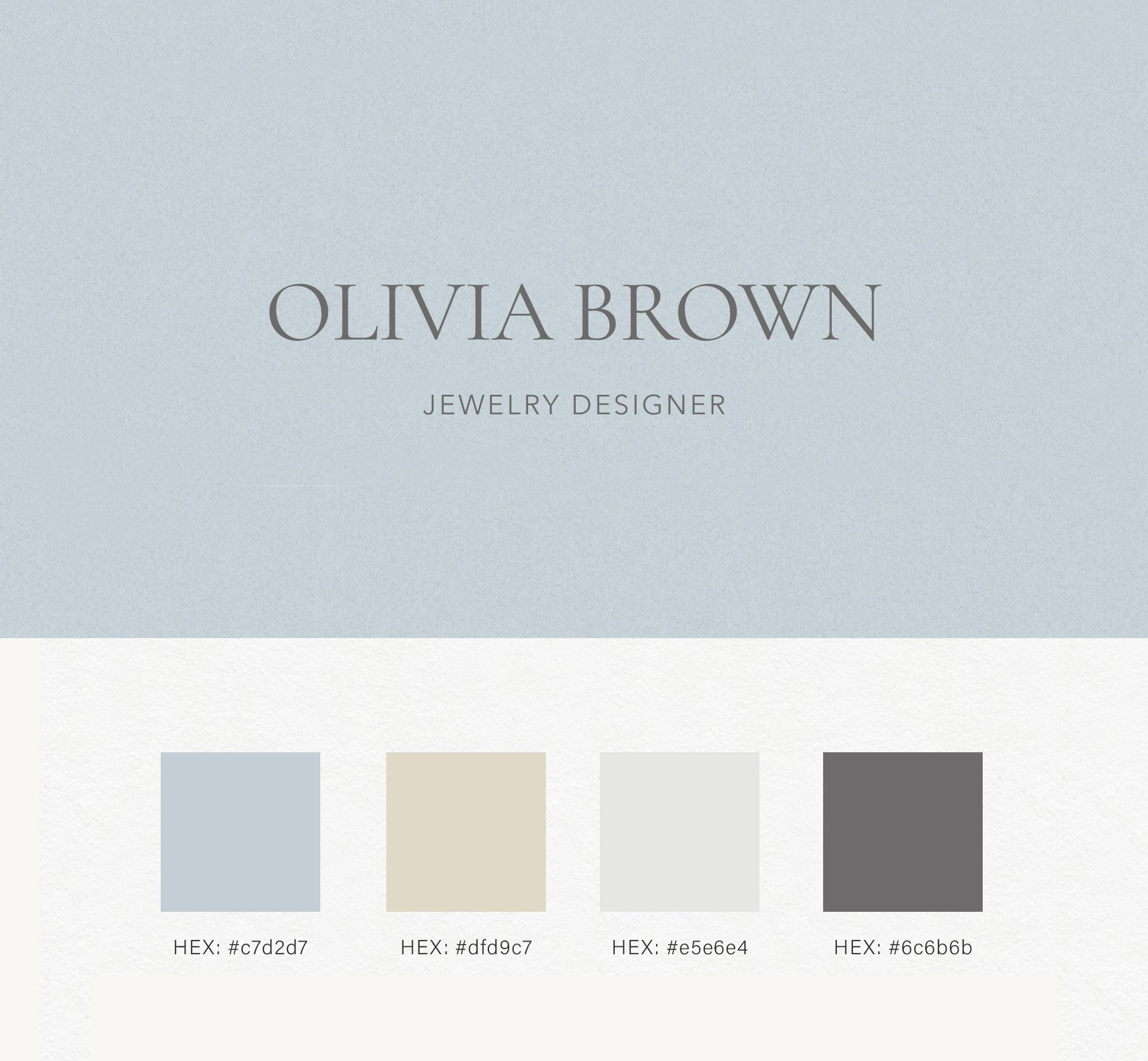Summer Color Palette Ideas for Your Brand Personality
Do you feel yourself slowing down a bit during the summer months? Compared to the high energy of spring, summer brings long, hot days, which naturally causes us to slow our pace down. Sizzling hot summer days make me dream of an escape to cooler locations.
Just like the other seasons, there are color palettes to reflect the qualities of summer.
When I think of a Summer color palette, I see refined New England coastal beaches with white sand dunes and delicate light green grasses blowing in a warm breeze. This is where we get a reprieve from the heat; where we feel relaxed, calm, and cool.
Compared to spring, summer is more calm, organized, and muted. Brands with a summer personality focus on quality and have a sense of luxury and elegance.
Did you know that you can create a color palette for your brand personality based on the attributes of summer? To celebrate the summer season, I have put together a few Summer color palette samples to help inspire you.
Related:
Autumn Color Palette Ideas for Your Brand Personality
Winter Color Palette Ideas for Your Brand Personality
Spring Color Palette Ideas for Your Brand Personality
What is a summer brand personality?
Every brand has a seasonal personality. If you have a summer personality, you are calm, elegant, and refined. Summer brands focus on quality and are committed to luxury and style. They are well-organized and reliable. Summer brands tend to be a little less playful and have a more serious, quiet tone. You may also notice the attention to detail in summer brands. Can you think of some businesses with a summer personality? Most likely, luxury brands will come to mind.
Is your brand a summer personality? If the qualities of a summer brand feel like a perfect fit for your business, a Summer color palette is a great way to communicate with an audience who shares similar qualities.
Here are some adjectives used to describe a summer personality.
Timeless
Chic
Graceful
Aesthetic
Intuitive
Serious
Calm
Reliable
High-end
Luxury
Delicate
Refined
Romantic
If you haven't established your brand personality yet, download a copy of my brand clarity workbook. This workbook will help you discover who you are and create a solid brand foundation. Once you identify your brand personality, you can look for the color palette that best aligns with your brand.
How many brand colors should you have?
Generally, essential color palettes consist of five to six fundamental colors. These colors should include primary, secondary, accent, light neutral, and dark text colors. I sometimes work with different small businesses and organizations to create marketing collateral. They frequently provide me with their brand guidelines containing color palettes with a lot of colors. When we receive these large color palettes, we pare them down. We only use a few key colors depending on their brand concepts.
I usually create a minimal color palette. Why? It's easy to use and creates a memorable and impactful brand. Remember, you can always add brand colors as your business grows.
Primary color
Your primary color helps your target audience identify your brand quickly; it is your brand's main color. Your clients associate your primary color with your brand. The primary color is usually incorporated into your logos, graphics, and signage.
I recommend using no more than two primary colors unless you have a specific reason for doing so. If you use a design with more than two primary colors, your brand identity may look crowded and busy, making it difficult to stand out from the crowd.
Secondary color (accent / complementary colors)
You can use a secondary color alongside your primary color. The secondary color is typically used as an accent color, so it won’t detract from the primary color.
Complementary primary and secondary colors are a powerful way to draw attention to your visuals.
Neutral color
I usually include one neutral color, light gray or beige, but it depends on your brand. Neutral colors are mainly used for backgrounds and footer sections on your website.
Dark color
I usually include one dark text color along with shades of it (using pure black text on a website can cause eye strain). It's a great idea to have dark gray or some other dark color as the text color. This color is also helpful for borders, dividers, or outline design elements.
Summer color palette ideas
Summer colors are subtle, muted, and elegant. To express these qualities, try using colors such as cool gray and beige, muted blue and purple, and pale pink and yellow.
Following are five Summer color palette ideas for your summer brand personality.
HEX: #aebbaf | #d8cbb8 | #d1dbdb | #566e66
HEX: #c3ced3 | #dfd9c7 | #e5e6e4 | #6c6b6b
HEX: #f0bd7a | #eed9c1 | #dad5d1 | #877c74
HEX: #aec4d5 | #d4b7a5 | #e8e0da | #566d7a
HEX: #e3c8b7 | #b3b3bb | #e7e6e2 | #765850
Conclusion
Brand colors are essential visual elements of your brand identity. To choose the right colors for your brand, you must first establish your brand foundation and identify your brand personality.
Are you a Summer personality? If you want to let your clients know that your brand is delicate, high-end, and elegant, a Summer color palette may be the right choice for you. Using the Summer color palette will communicate your brand personality and values to your ideal clients. I hope this post helped you get some color inspiration for your brand.
Feel free to save your favorite color palette to Pinterest or share it with your friends who have a Summer brand personality.













